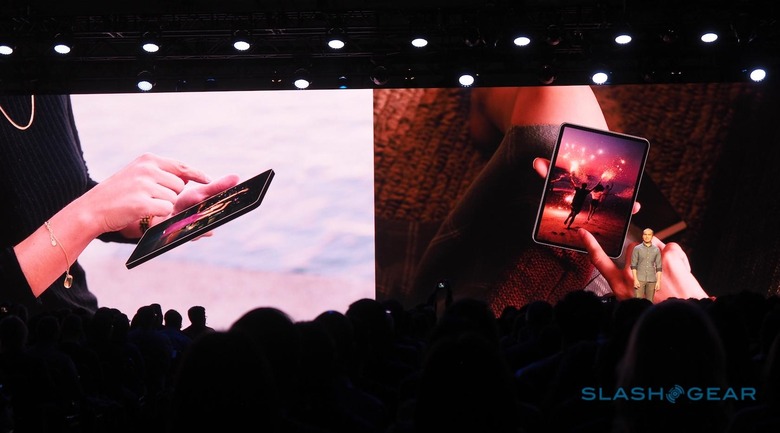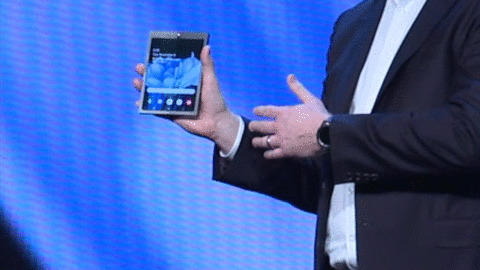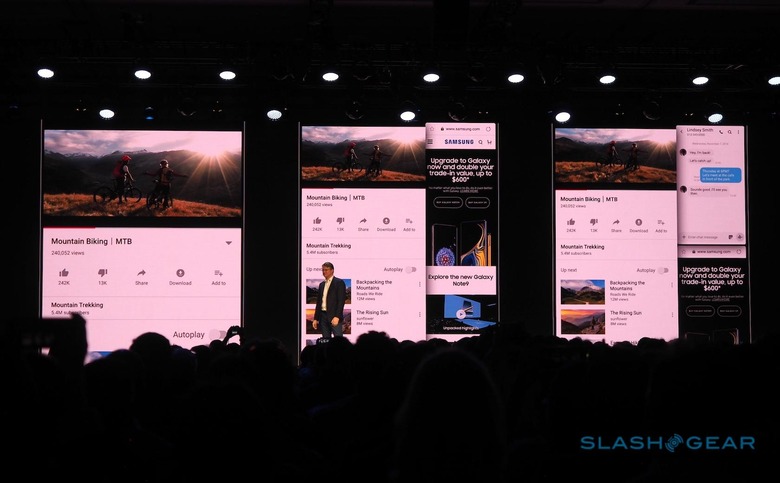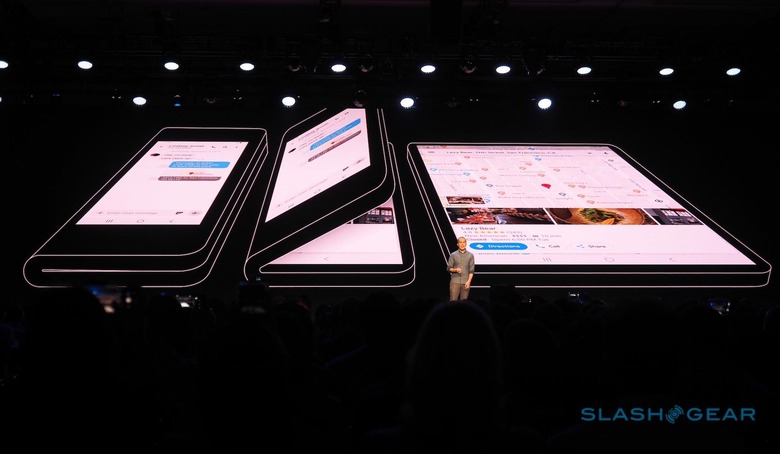Samsung's First Foldable Phone Is A Missed Opportunity
At long last, Samsung has finally revealed a working prototype of its much-hyped foldable phone. But while it finally gives some sense of closure to years of speculation and leaks, reception and fuss over what could be the market's second foldable phone has been less enthusiastic than expected. And it's not because someone got there first. Because while Samsung has indeed proven that a truly foldable phone is not only possible but also coming soon next year, its presentation failed to address the biggest question that consumers will have in their mind: "what for?"
Don't get me wrong. I am terribly excited for a foldable future where you don't need to have a tablet or connect an external display just to have a bigger screen for your phone. And Samsung's achievement in this field is nothing to scoff at either. As has been discussed repeatedly since the day Samsung let its ambitions known, creating a working foldable display that folds in like this is no easy task. And just as impressive is the fact that Samsung was able to get Google on board this early to support foldable phones in Android natively.

But as with any technological innovation that is being marketed to consumers, one necessarily has to ask what it is for. What need does such a product address? That is even more true when buyers are expected to pay more than they would for a regular but already very capable smartphone. And "to have a bigger screen" just doesn't cut it anymore.
But even in that regard, Samsung's first attempt at a foldable screen is almost disappointing. It is larger, but not by much. The 7-inch square screen definitely has more screen space, enough to fit two smartphone-sized apps side by side in full height. One could feel, however, that Samsung could have actually gone bigger. When folded, the still unnamed foldable phone is one of the narrowest we've seen these days. It's almost anorexic and suffocating. Samsung may have been going for a design that can easily fit in one hand. But we already phablets for that and those provide a more comfortable grip than any foldable phone ever could.

Yes, having a bigger screen is definitely an advantage. Being able to comfortably read books or web pages without carrying a second device like a tablet is obviously a good thing. But, over the years, both users and content makers have adapted to smaller screens. Unless we're talking about laptop or iPad Pro size screens, neither of which this foldable prototype reaches even remotely. And those screens are more associated with creation and productivity more than mere consumption.
And that's really the clincher here, something that Samsung's presentation doesn't sufficiently address. Content consumption on a larger screen is great and all but will anyone pay, say, $1,500 just for that. Samsung's foldable phone has to appeal to more than just novelty and technology. It has to make an appeal to productivity and content creation, something that even the Galaxy Note 9 with its already big display and S Pen sometimes struggles with.

And that's another point actually. Part of the whole foldable craze can be traced back to the aborted Microsoft Courier dream and part of that dream involved a stylus. The stylus and the foldable phone almost feels destined to be together, to the point that every foldable Surface Phone concept is never without a Surface Pen. Of all the Android OEMs, Samsung has the best chance of making that happen. Of course, it is limited by the technology that it has licensed from Wacom and Wacom, so far, has not revealed any flexible digitizer technology (there are no-name non-Wacom flexible drawing tablets though).
Even without the pen aspect, Samsung has yet to show that its foldable phone UI, a.k.a. the One UI, won't just be a large smartphone UI magnified to fit a large screen. That would be OK except everyone knows how terrible Android apps are at large screens. Samsung does have the advantage of being experts at split screens and even floating windows. It just missed the chance to show that off on a larger canvas. DeX Mode? Nope. A laptop-like setup with a virtual keyboard on one half of the screen? Probably not practical given how not so big that screen is anyway. It is almost as if Samsung's idea of productivity on a foldable phone is just having chat, social media, and YouTube all running at the same time on one screen.

Of course, what Samsung showed at SDC is just the tip of the iceberg. Or hopefully it is. It simply showed a prototype and didn't show its full hand. Maybe there might be changes still on the way, though probably more on the software side rather than hardware. Samsung is definitely in the best position right now to set the pace for the upcoming foldable phone race. Hopefully it won't squander that opportunity.
